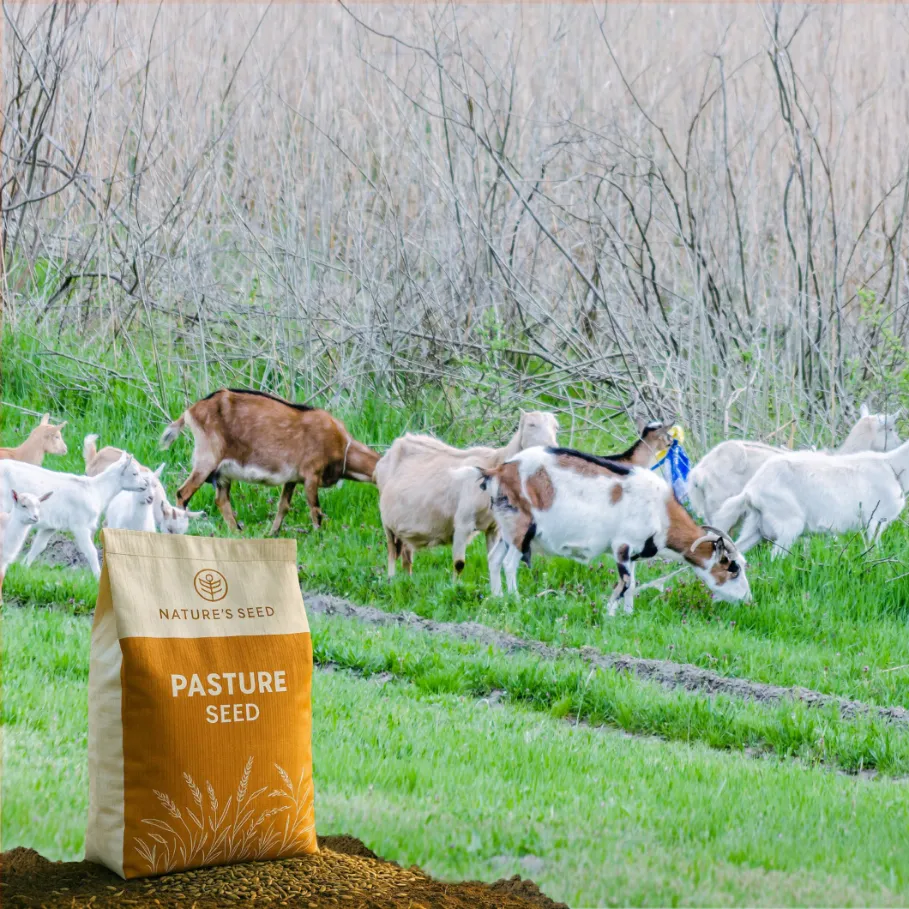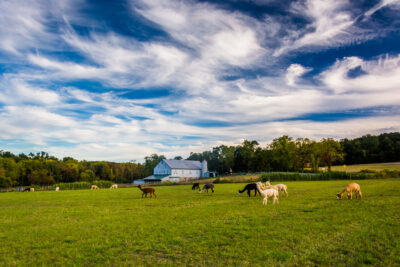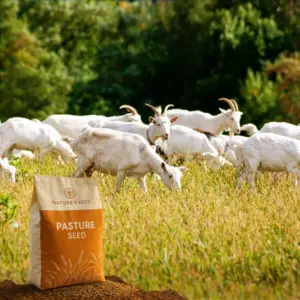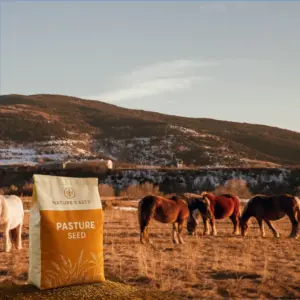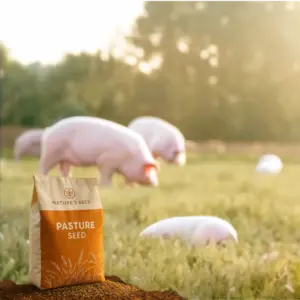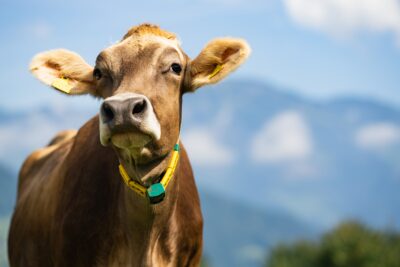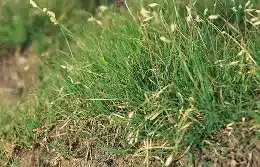What is the Northern Goat Pasture Mix?
A hardy seven-species pasture seed mix for goats and more – the Northern Goat Forage Mix combines perennial ryegrass, orchardgrass, chicory, alfalfa, red clover, birdsfoot trefoil, and forage peas into a resilient, nutrient-rich blend. It thrives in cool northern climates (Zones 3–8), tolerates drought with deep-rooted species, and supports grazing livestock with high-protein, palatable forage. This mix also benefits pollinators with clover and chicory blooms, improves soil through nitrogen fixation, and establishes durable pasture for small farms and hobbyists seeking easy, long-term forage productivity.
Specifications
Sun Requirement
Full Sun
Soil Preference
Fertile, well-drained loam or clay loam.
Soil pH
~6.0 – 7.5
Time to Maturity
~60–90 days
Height when mature
~5 ft
Seeding Rate
~20 lbs/acre
Planting Depth
1/4 inch
- You cannot add "Poultry Forage Mix" to the cart because the product is out of stock.
Goat Pasture & Forage Mix | Cold Season
SKU: PB-GOAT-N
- Goats
Will the seed work for your area?
Check your region
select quantity
Description
What seeds are in the mix?

Drought Performance
This mix handles drought well thanks to deep-rooted species like alfalfa and chicory. Their taproots reach deep into the soil to access moisture, helping the pasture stay green through dry spells and recover quickly after rain.
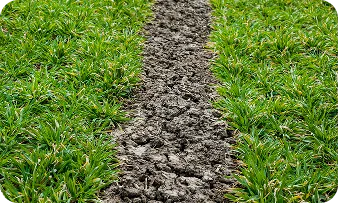
Soil Stabilization (Erosion Control)
This mix forms a protective groundcover that anchors soil and prevents erosion. Fibrous roots from grasses like orchardgrass hold topsoil in place, while clovers and trefoil shield the surface. Deep taproots from chicory and alfalfa add stability, making it ideal for slopes or runoff-prone areas.
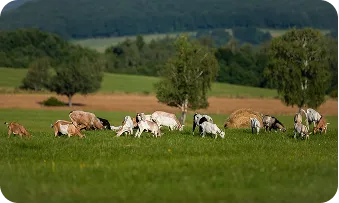
Grazing Resilience
This blend is built for long-term pasture use. Fast-establishing ryegrass provides early cover, while orchardgrass and chicory regrow quickly with rotational grazing. Birdsfoot trefoil adds durability, tolerating close grazing and self-reseeding when allowed to flower. Together, these species ensure a productive, lasting pasture with proper grazing management.
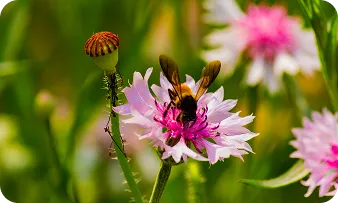
Pollinator Habitat
The Northern Goat Forage Mix also supports pollinators. Red clover, birdsfoot trefoil, chicory, alfalfa, and peas all produce nectar-rich blooms that attract bees and butterflies. From spring through summer, your pasture becomes a pollinator haven—boosting biodiversity and helping plants reseed naturally. It’s a win for both livestock and the ecosystem.
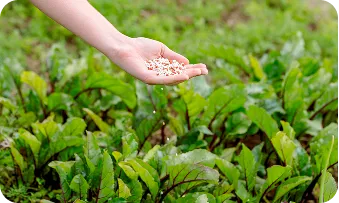
Nitrogen Fixation & Soil Health
Four of the seven species in this mix are legumes—alfalfa, red clover, birdsfoot trefoil, and field peas—which naturally fix nitrogen in the soil. This reduces the need for synthetic fertilizer and boosts the growth and protein content of companion grasses like orchardgrass and ryegrass. Their diverse root systems also improve soil structure, aeration, and organic matter, turning your pasture into a self-sustaining, soil-building system.
Description
What seeds are in the mix?
Detail Product
Sun/Shade
Full sun
Height
Varies by species grass blades ~2–4 ft; alfalfa/clover ~1–3 ft; chicory flower stalks up to ~5 ft
Seeding Rate
~20 lbs/acre drilled (25+ lbs/acre if broadcast)
Uses
Rotational grazing pasture and forage hay, erosion control on slopes, reclaiming overgrazed or fallow land, improving soil fertility, pollinator/butterfly habitat, and cover crop or green manure.
Color
Green foliage
Water
Green foliage
Native
Mostly Introduced/ Some Native
Life Form
Perennials Herbaceous plants
Product Uses
High-Protein Pasture for Cool Climates
The Northern Goat Forage Mix is a balanced, high-quality pasture designed for goats and other livestock. Goats thrive on variety, and this mix offers a blend of grasses, clovers, and forbs that’s rich in protein and fiber. It supports healthy weight gain, works well for rotational or set-stock grazing, and can also be cut for hay or silage. Easy to establish and highly palatable, it’s an all-in-one forage solution—just plant it and let your herd enjoy.
Fast Cover, Deep Roots
If you’re dealing with slopes or erosion-prone areas, the Northern Goat Forage Mix is an ideal solution. Fast-growing ryegrass provides quick cover, while deep-rooted perennials like chicory and alfalfa stabilize the soil long-term. This mix forms a dense, soil-holding sod that prevents runoff, improves infiltration, and protects your land year-round—even in winter. It’s a reliable option for restoring overgrazed ground or preventing erosion on hillsides.
Perfect for Hobby Farms & Homesteads
This seed blend is perfect for low-maintenance, pasture-style landscapes. Ideal for small acreage or hobby farms, it creates a self-sustaining meadow that needs little mowing, minimal fertilizer, and supports both animals and ecology. Perennial grasses and legumes crowd out weeds, build soil health, and return year after year. Whether you’re feeding a few animals or replacing turf with a more natural look, this mix offers a lush, attractive, and easy-care alternative.
Mini-Ecosystem for Your Land
If you’re a wildlife enthusiast or hunter, the Northern Goat Forage Mix doubles as an effective food plot and habitat. Deer are drawn to the clover, chicory, and alfalfa, while rabbits, turkeys, and birds benefit from the cover and insect life the mix supports. Its diversity creates a mini-ecosystem, offering food, shelter, and pollinator-friendly blooms. Even between grazing cycles, your pasture supports local wildlife, making it ideal for nature-minded landowners.
Questions & Answers
What exactly is the Northern Goat Forage Mix?
This specially formulated blend of seven species—grasses, legumes, and forage herbs—creates a high-quality, ready-to-go pasture. It includes perennial ryegrass, orchardgrass, chicory, alfalfa, red clover, birdsfoot trefoil, and forage peas, all chosen for quick growth and long-term nutrition. Ideal for goats but great for all grazing livestock, it’s a simple, all-in-one solution for small farms and homesteads.
Is this mix good for goat pasture and what other animals can graze it?
Absolutely—this mix is great for goats and other livestock. Goats thrive on variety, and this blend offers leafy greens, tender grasses, and pea shoots packed with protein and fiber. Sheep, cattle, and even horses (with managed intake) will graze it happily. It’s also suitable for free-range poultry and rabbits. Think of it as a nutritious, all-in-one pasture buffet for your whole barnyard.
When and how should I plant this mix for best results?
The best times to plant are early spring or late summer/early fall, when cool-season grasses establish best. Aim for April–May in northern areas or August–early September to allow growth before winter.
Prepare a firm seedbed by lightly tilling or mowing very short. Spread 20–25 lbs of seed per acre (about 0.5 lb per 1,000 sq ft) using a broadcast spreader or drill. Cover seeds no more than ¼ inch deep—pressing them in with a roller or raking lightly is ideal for good seed-to-soil contact.
Keep the soil moist during germination, and try to plant just before a light rain. For areas with existing vegetation, mow or graze short beforehand. Inoculating legumes can also boost nitrogen fixation. With proper prep and moisture, you’ll see sprouts in 1–2 weeks.
Can this pasture mix handle dry conditions? How drought-tolerant is it?
This mix offers strong drought tolerance once established, far better than a typical lawn or single-species pasture. Deep-rooted plants like alfalfa and chicory draw moisture from subsoil, while birdsfoot trefoil holds up well in summer heat. While grasses like ryegrass and orchardgrass may slow down in dry spells, the legumes help maintain green growth. In moderate droughts, the pasture stays productive; in severe conditions, it may go semi-dormant but quickly recovers with rain. Overall, it’s a resilient choice for dry-prone areas and helps keep your animals fed when other fields dry out.
How should I manage grazing on this mix?
The best way to manage this mix is with rotational grazing. Let animals graze one section for 1–2 weeks, then rest it for 3–4 weeks to allow regrowth. This boosts yield, protects plant health, and encourages legumes like birdsfoot trefoil to reseed. Avoid overgrazing—follow the “take half, leave half” rule: graze down to 3–4 inches, but don’t scalp it lower.
Introduce animals gradually to lush growth to prevent digestive upset, especially with the high legume content (trefoil helps reduce bloat risk). Avoid grazing on very wet soil to protect roots, and give extra rest during hot, dry spells when grasses slow down.
If rotational grazing isn’t possible, keep stocking rates low and monitor pressure closely. Soil testing and periodic fertilizer (especially P and K) will help maintain long-term productivity. With good management, this pasture will thrive for years.
Can I use this mix for a lawn or as an ornamental groundcover?
Yes, you can use this mix as a lawn alternative, with some key considerations. It grows more like a meadow than a manicured turf, reaching 2–3 feet tall unless mowed. It’s great for large areas where you want a lush, low-maintenance, natural look without frequent mowing or fertilizing.
Clovers and grasses keep it green through the seasons, and occasional mowing (1–3 times a year) can help control height and maintain a tidy appearance. Frequent close mowing, however, may suppress species like chicory and trefoil.
It’s not as uniform or soft as a traditional lawn, but for a “micro-meadow” or cottage-style yard, it’s an attractive, eco-friendly option—especially if you’re after a pollinator-friendly, self-renewing green space. For short, barefoot lawns, a dedicated turf mix would be better.
Still have
questions?
Our planting experts
are here to help.
Call Us
1-800-123-4567
8 AM–5 PM
Monday–Friday
Reviews
A hardy seven-species pasture seed mix for goats and more – the Northern Goat Forage Mix combines perennial ryegrass, orchardgrass, chicory, alfalfa, red clover, birdsfoot trefoil, and forage peas into a resilient, nutrient-rich blend. It thrives in cool northern climates (Zones 3–8 ), tolerates drought with deep-rooted species, and supports grazing livestock with high-protein, palatable forage. This mix also benefits pollinators with clover and chicory blooms, improves soil through nitrogen fixation, and establishes durable pasture for small farms and hobbyists seeking easy, long-term forage productivity.
| Coverage Area |
|---|
